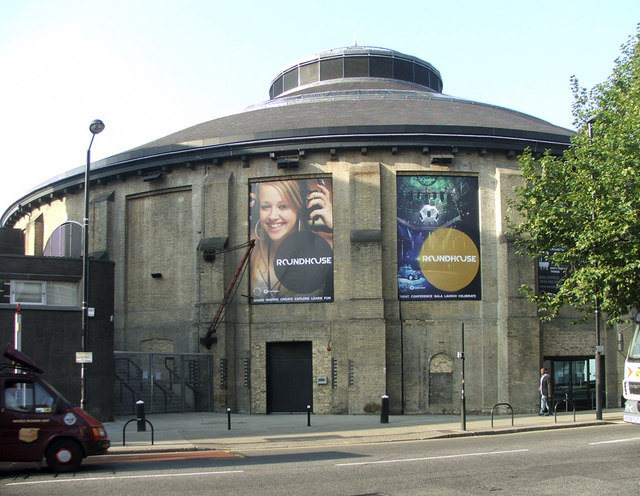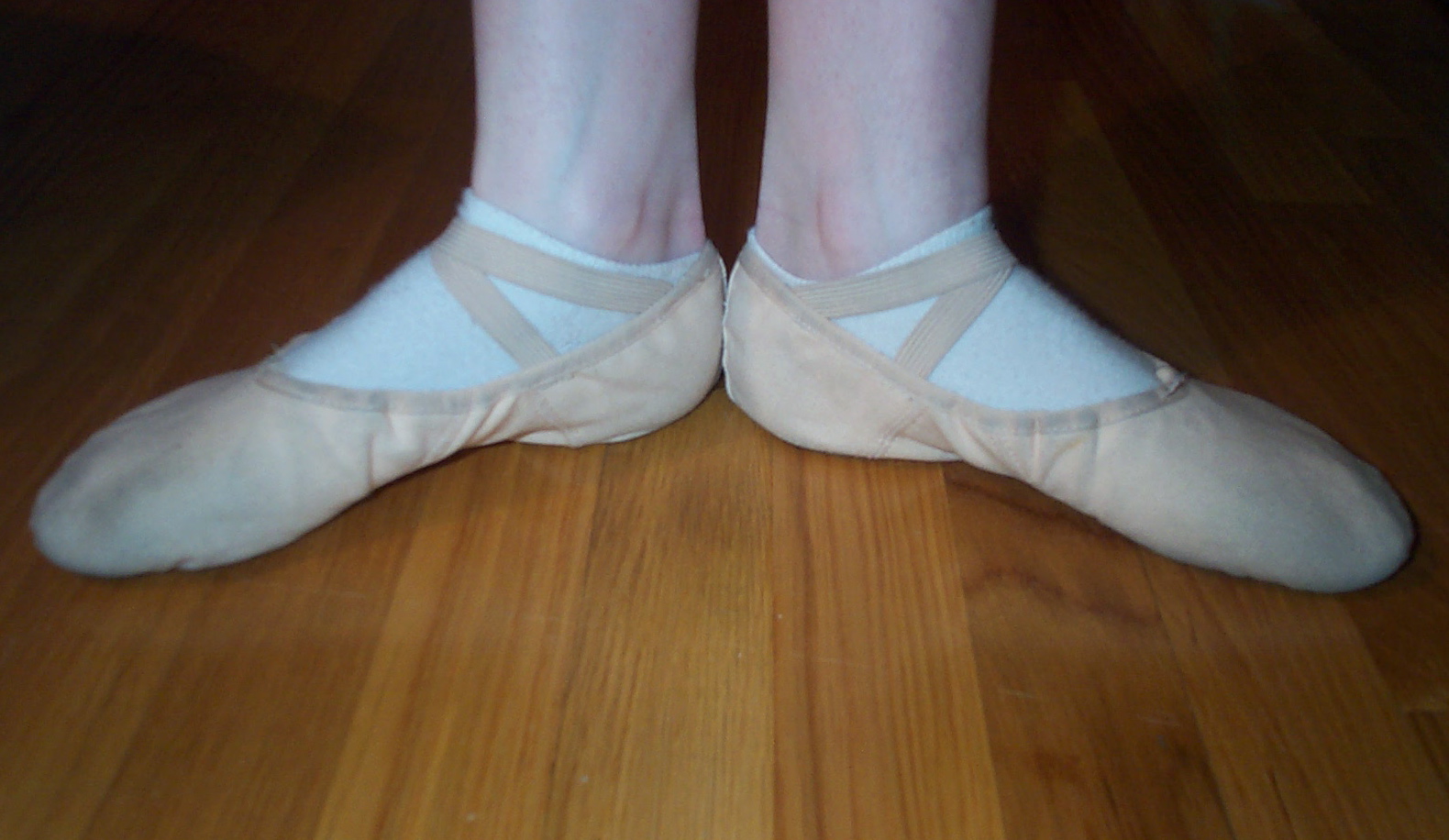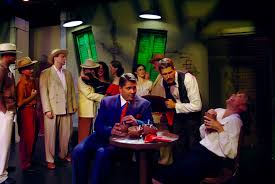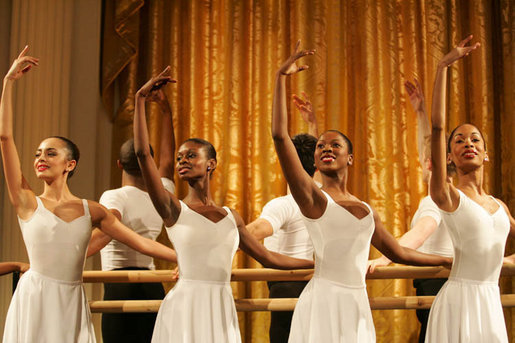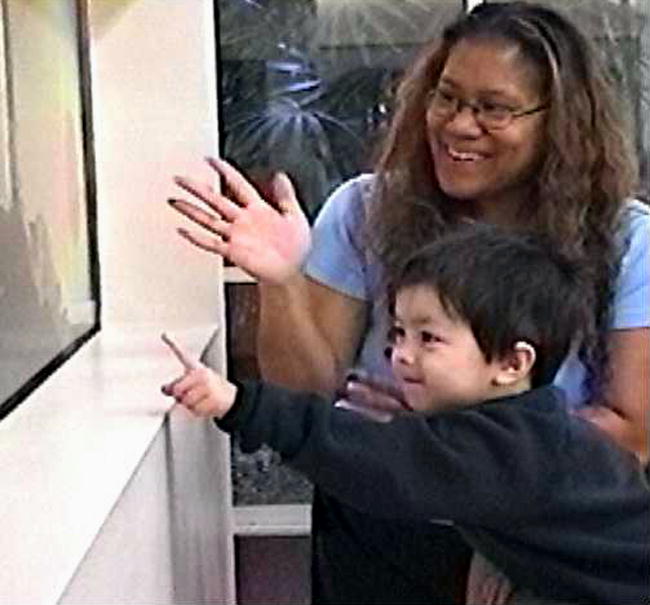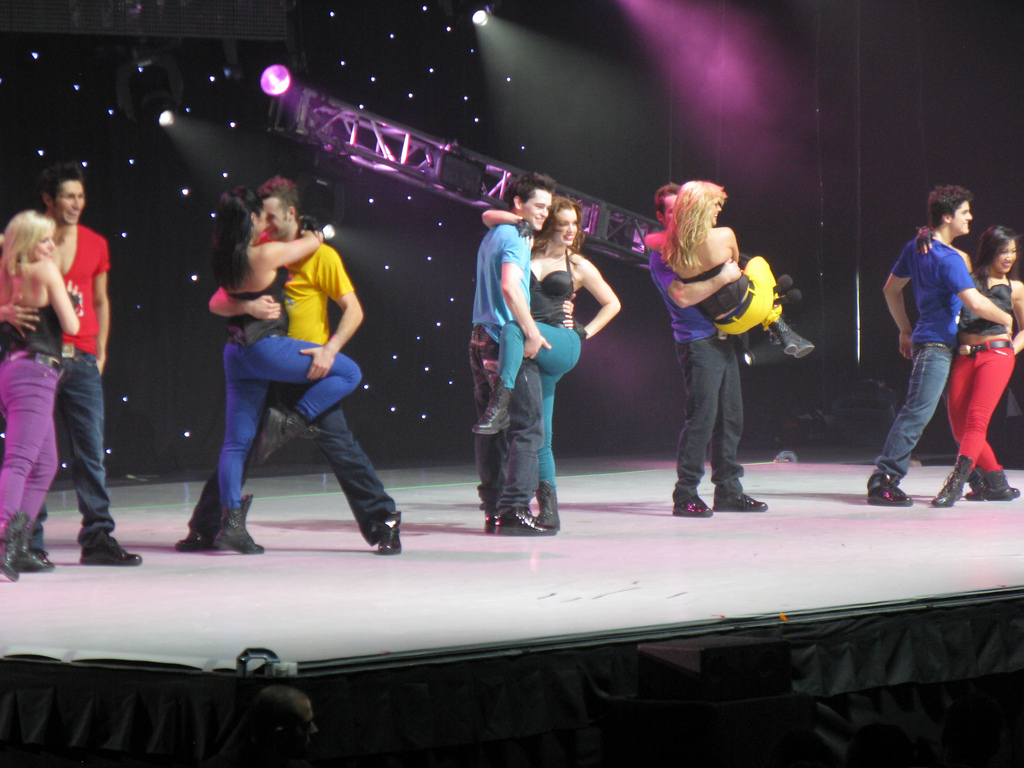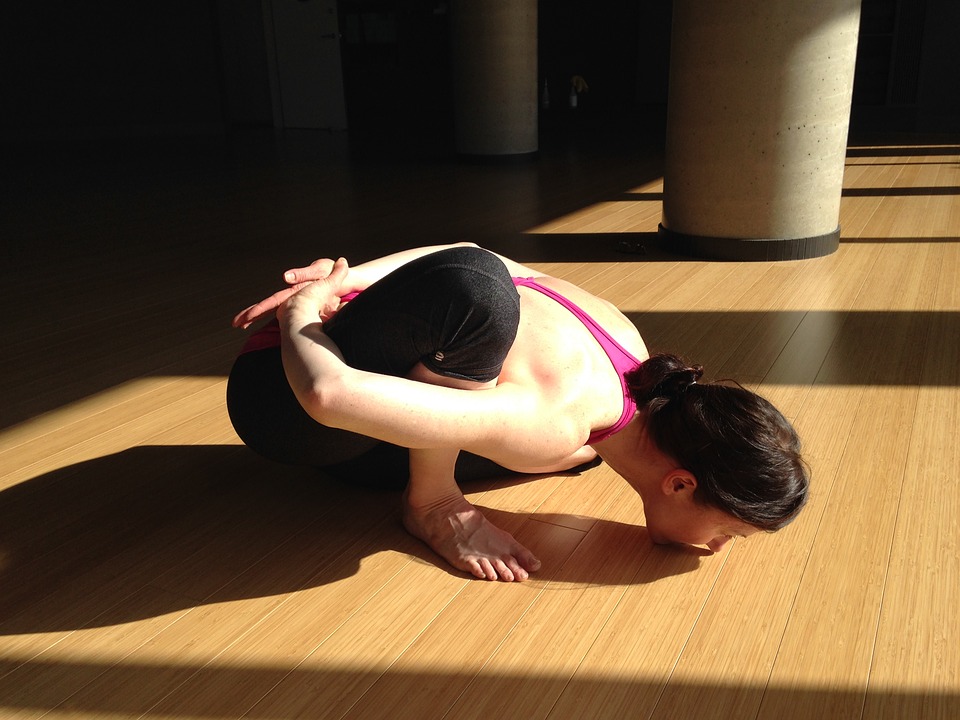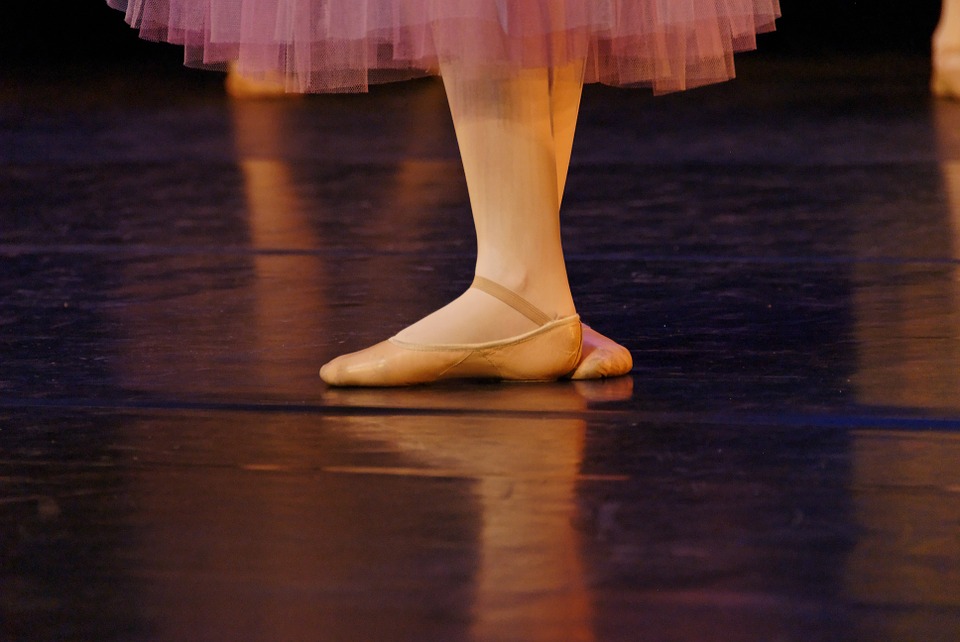 Dance, when considered an expression of the self and art, is far removed from the rigour of weekly dance class and the demands of technique. Despite this, to build a foundation for dance and technique it remains imperative that dancers are encouraged to develop a level of strength and flexibility in order to progress their further. A large part of technique in particular, and ballet as a foundation for all dance styles, is turnout, which many dancers aspire to improve.
Dance, when considered an expression of the self and art, is far removed from the rigour of weekly dance class and the demands of technique. Despite this, to build a foundation for dance and technique it remains imperative that dancers are encouraged to develop a level of strength and flexibility in order to progress their further. A large part of technique in particular, and ballet as a foundation for all dance styles, is turnout, which many dancers aspire to improve.
Turnout is not necessarily important in all styles of dance but is at the core of the ballet aesthetic: turnout helps to provide a more stable base of support through the foot. It is easy to ‘force’ turnout by pushing the heels forward, however without the knees tracking over the toes in a plié and the hips rotating outwards, this creates a false image. It puts too much rotational action in the knee joints, ankles and feet which destabilises the knee and ankle and can result in injury.
One hundred eighty degree turnout is something few dancers have, and the vast majority of dancers work constantly to improve their degree of turnout. For the most part, this extent of turnout is something very few dancers are born with – for most, the natural skeletal structure restricts the amount of turnout they have. Despite this, it is possible for a dancer to enhance turnout, and to stretch and strengthen the hip structure to maximise this. Although genetic factors cannot be improved, tendon and muscle structures can be improved to support the lateral rotation to maximum advantage.
Factors that can inhibit turnout include imbalanced pelvic alignment, gripping or tucking the pelvis under, tension in hip muscles and overuse of incorrect muscles. Work within your physical structure to safely improve turnout by working on muscles for internal and external rotation equally. Strengthening and stretching the hip structure should be combined so as not to create an imbalance. Work on stretching the medial and lateral rotators of the hip, the hamstrings and hip flexors and releasing tension of the hip muscles not needed for rotation, such as by foam rolling.

